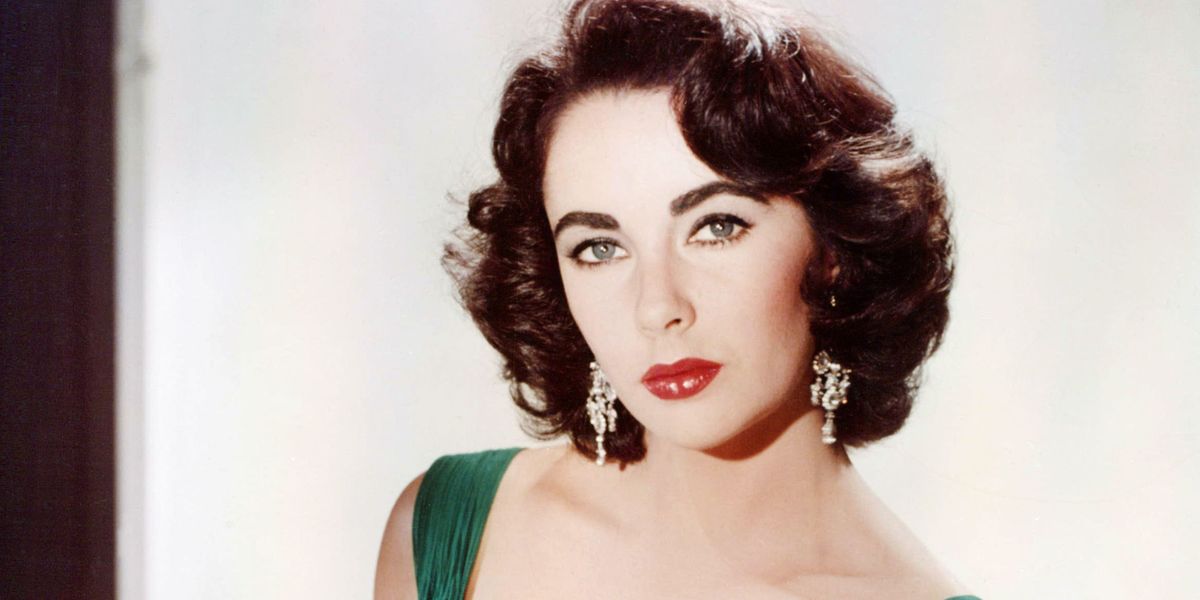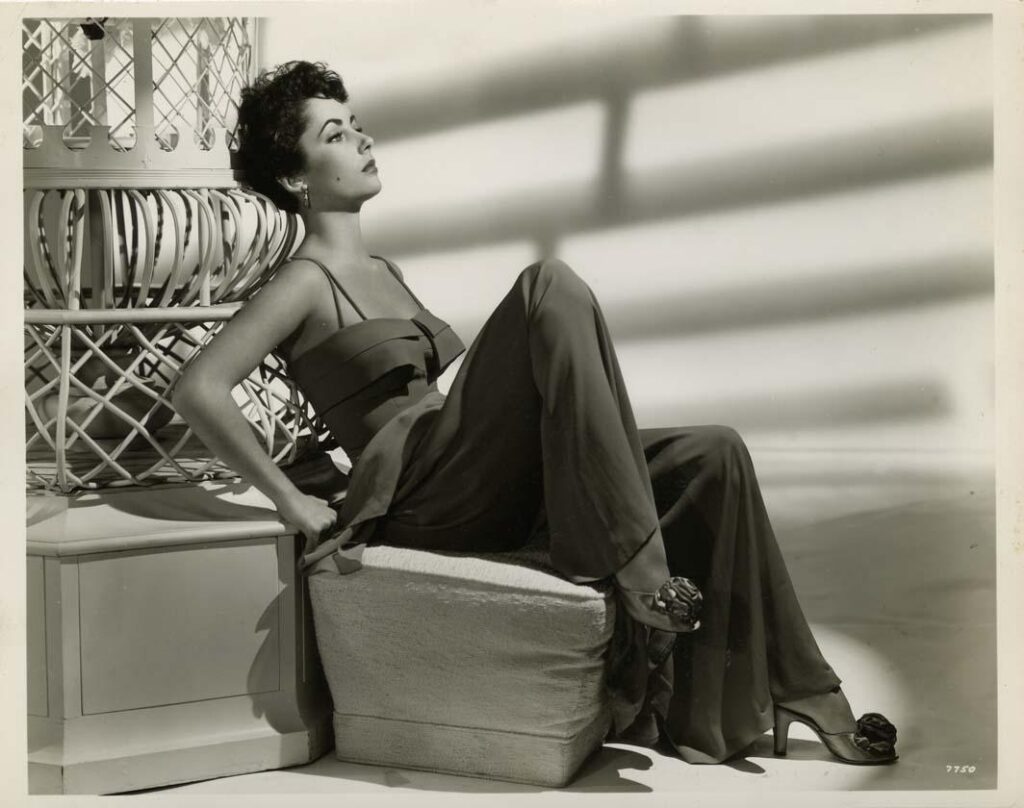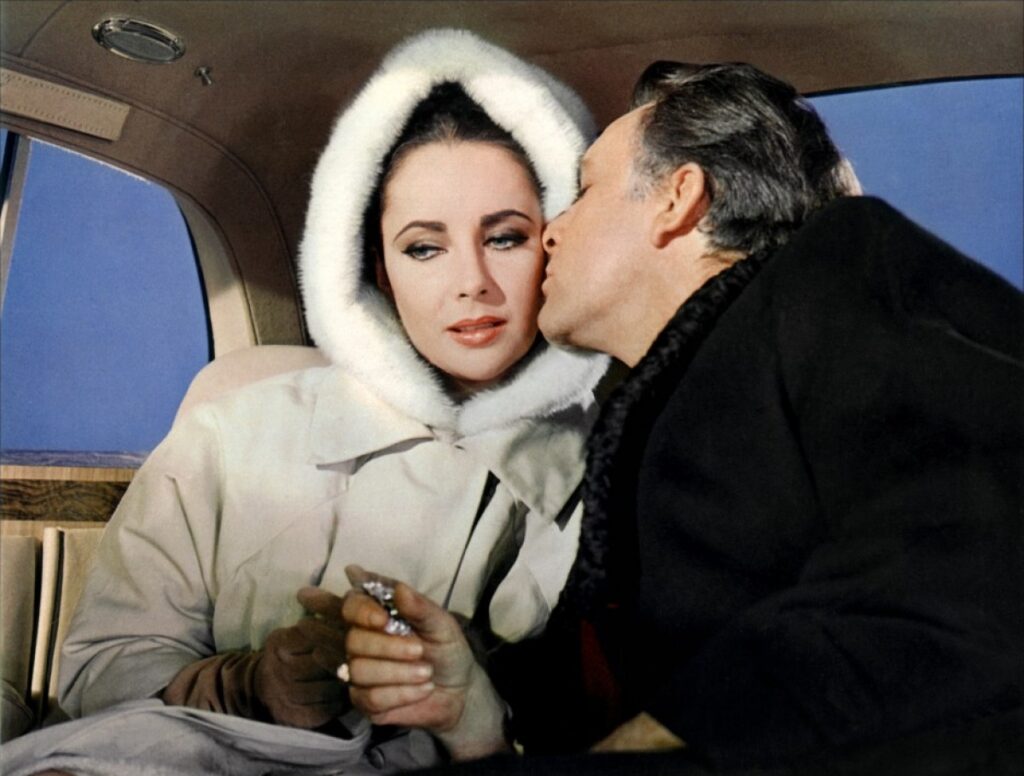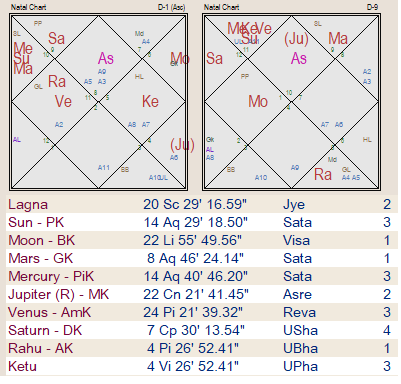
Elizabeth Taylor (February 27, 1932 – March 23, 2011) was a British and American actress. Taylor was born on February 27, 1932, at Heathwood, at 8 Wildwood Road in Hampstead Garden Suburb, northwest London, England.
She began her career as a child actress in the early 1940s and was one of the most popular stars of classical Hollywood cinema in the 1950s. She then became the world’s highest paid movie star in the 1960s, remaining a well-known public figure for the rest of her life.

Film Career – 1941-49
Taylor was auditioned by Universal Pictures and Metro-Goldwyn-Mayer in early 1941. Both studios offered Taylor contracts but mother Sara Taylor chose to accept Universal’s offer. Taylor began her contract in April 1941 and was cast in a small role in There’s One Born Every Minute (1942). Contract was terminated as studio did not like her because she did not look like child. Taylor received another opportunity in late 1942,her father’s acquaintance, MGM producer Samuel Marx, arranged for her to audition for a minor role in Lassie Come Home (1943). She was given a standard seven-year contract in January 1943. Following Lassie, she appeared in minor uncredited roles in two other films set in England – Jane Eyre (1943), and The White Cliffs of Dover (1944). Taylor was cast in her first starring role at the age of 12, when she was chosen to play a girl who wants to compete as a jockey in National Velvet.

National Velvet became a box-office success. She got weekly salary of $750 with MGM. Studio sculpted her according to need and when she turned 15, she had started giving box office hits. From 1944 onwards her films – Cynthia (1947) Life with Father (1947), A Date with Judy (1948), Julia Misbehaves (1948). Little Women (1949) were largely box-office success.
In her adulthood after she reached at the age of 16 , she had several box office hits produced by same MGM. Her first mature role, the thriller Conspirator (1949) followed by comedy The Big Hangover (1950),Father of the Bride (1950). , Father’s Little Dividend (1951), A Place in the Sun (1951), Love Is Better Than Ever (1952), The Girl Who Had Everything (1953), The Girl Who Had Everything (1953). Taylor was getting weekly salary of $4,700 in 50s. She signed new contract with MGM. Taylor’s films made under her new contract were Rhapsody and Elephant Walk, Beau Brummell, The Last Time I Saw Paris, The Barefoot Contessa (1954).
SEE FULL BIO AT WIKI

Critical acclaim -1956-60
Elizabeth Taylor started doing challenging roles now. In Giant (1956) was widely praised by critics. The Manchester Guardian, Raintree County (1957) were widely appreciated and for Raintree County, she was nominated for the first time for an Academy Award for Best Actress for her performance. Taylor’s next Cat on a Hot Tin Roof (1958) was one of highest grossing movie. Taylor was nominated for an Academy Award and a BAFTA. Taylor’s next film, Joseph L. Mankiewicz’s Suddenly, Last Summer (1959) earned her first Golden Globe for Best Actress for her performance. BUtterfield 8 (1960), a drama about a high-class call girl, in an adaptation of a John O’Hara 1935 novel of the same name earned her first Academy Award for Best Actress for her performance. She was at peek of her carrier and Cleopatra (1963), a historical epic made her more famous than ever before. She became highest paid actress.

Pairing with Richard Burton, her films -What a Way to Go! (1964), The V.I.P.s (1963), The Sandpiper (1965), Who’s Afraid of Virginia Woolf? (1966), Doctor Faustus (1967), The Taming of the Shrew (1967), Reflections in a Golden Eye were great hits and made her iconic. After 1968 she was on decline with series of failure and till 1974 her carrier was almost ended.

Death-
Taylor struggled with health problems for most of her life. She was born with scoliosis. She had broke her back while filming National Velvet in 1944. In 1956, she underwent an operation in which some of her spinal discs were removed and replaced with donated bone. Taylor was also prone to other illnesses and injuries, which often necessitated surgery; in 1961, she survived a near-fatal bout of pneumonia that required a tracheotomy. She was treated for the pneumonia with bacteriophage. In 1968 she underwent an emergency hysterectomy, which exacerbated her back problems and contributed to hip problems. She was addicted to alcohol and prescription pain killers and tranquilizers. She was treated at the Betty Ford Center for seven weeks from December 1983 to January 1984. She relapsed later in the decade and entered rehabilitation again in 1988. Taylor was a heavy smoker.
Taylor’s health increasingly declined during the last two decades of her life and she rarely attended public events after 1996. She had two hip replacement surgeries in the mid-1990s, a surgery for a benign brain tumor in 1997, and successful treatment for skin cancer in 2002. She used a wheelchair due to her back problems and was diagnosed with congestive heart failure in 2004. Six weeks after being hospitalized, she died of the illness aged 79 on March 23, 2011, at Cedars-Sinai Medical Center in Los Angeles.
Elizabeth Taylor’s Birth Chart-












